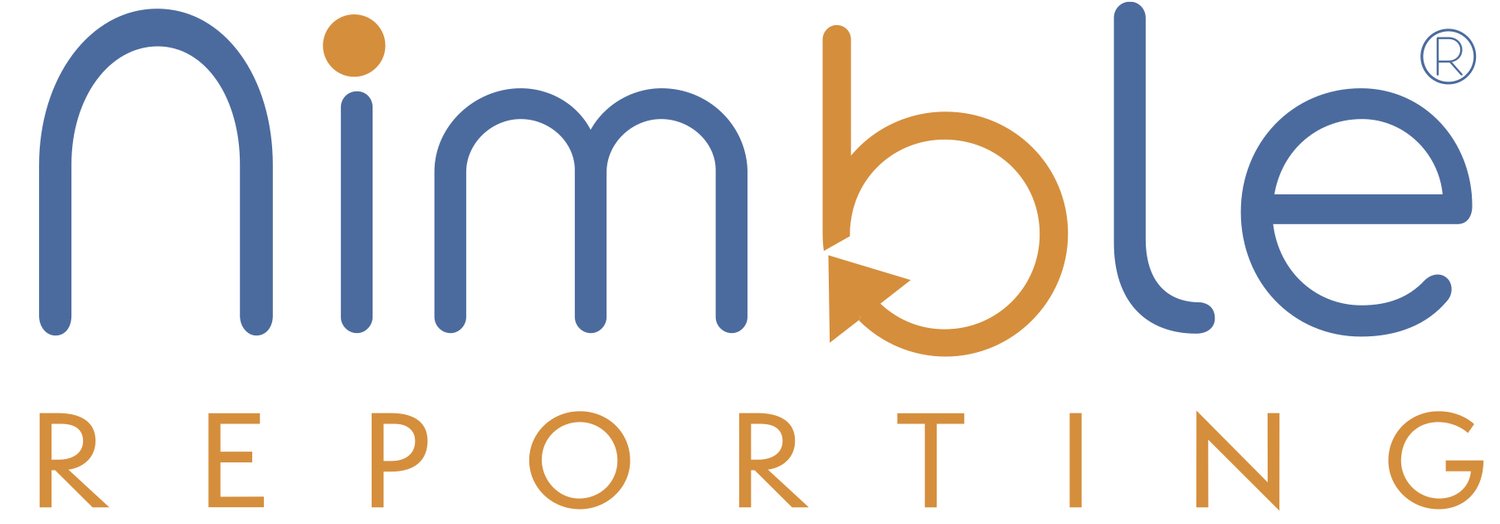Price May Drive Affordable Care Act Marketplace Plan Selection
Well this one was predictable… price driving decision making. However, when it comes to health plans and especially the Affordable Care Act Marketplace, a key ingredient is the price performance ratio which is defined as value. And moreover, the incentives for different income levels and how they affect the choice. Interesting analysis here.
FROM HEALTH PAYER INTELLIGENCE / BY KELSEY WADDILL
Silver plan uptake has declined on the Affordable Care Act Marketplace, potentially due to higher costs.
The Affordable Care Act (ACA) marketplace was designed to incentivize enrollees to choose specific plans based on price and it seems to be fulfilling that goal, an analysis from the Urban Institute found.
“The incentives in the structure of the ACA seem to be working, as there is evidence that consumers are making plan choices based on price,” the report stated.
“This results in insurers offering lower-priced products through how they structure their networks, pay providers, or manage care.”
The researchers used 2023 ACA marketplace public use files along with insurer, premium, and enrollment data from two states (California and New York) to make the assessment. With this data, they observed consumer behaviors around metal tier plan selection.
Over time, interest in silver plans has declined, particularly because the federal government stopped covering cost-sharing reductions in 2017 which led payers to boost premiums, mostly in silver plans. Uptake of bronze plans grew as the demand for silver plans diminished. While gold plans remain attractive to a minority of ACA marketplace enrollees, there was an uptick in gold plan purchasing between 2016 and 2023.
Enrollees made different plan selection choices when divided by income.
In the lowest income groups, between 100 and 150 percent of the federal poverty level (FPL), a little more than eight out of ten selected silver plans. This income bracket received enhanced subsidies and tax credits due to the Inflation Reduction Act, which, for some enrollees, meant that they had no premium in silver plans.
Individuals in the middle range of 150 to 250 percent of FPL also were likely to select a silver plan. Over six out of ten individuals in this range selected silver plans, but another quarter of enrollees chose bronze plans with a lower premium post-tax credit without the cost-sharing reduction subsidies.
The researchers noted that those on the higher end of the middle income bracket (200 to 250 percent of FPL) might find the gold plans to be more attractive because the cost-sharing reduction benefit is low and the benefits are richer.
The second-highest income bracket consisting of those between 250 and 400 percent of FPL gravitated toward gold plans or lower-cost bronze plans, with 41 percent and 38 percent purchasing each plan, respectively. Nearly four out of ten individuals who purchased a bronze plan put premium tax credits toward these plans.
Most individuals in the highest income bracket (400 percent of FPL and higher) chose bronze or gold plans, with 67.0 percent choosing bronze and 21.7 percent selecting gold.
While these results aligned with the intended outcomes in terms of price and consumer decision-making, they do not produce a value statement on whether this approach leads to better outcomes for enrollees.
“How these cost-sharing burdens affect access should be concerning and should be the focus of future research. The ACA incentives seem to be succeeding in containing costs, but they may also lead to some negative outcomes,” the researchers offered in conclusion.


